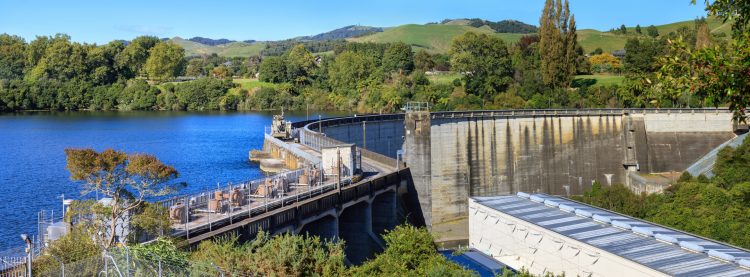必须看景点
怀卡托河步道
怀卡托河步道沿怀卡托河沿岸 100 公里。这条小径沿着一条道路漫步,包括原生灌木的自然美景、异国情调的森林、历史地标、有趣的岩层和地质美食、草地农田、露天保护区、穿过湿地广阔的湖泊和河流景观的木板人道。
te Waihou 和蓝春
这条屡获殊荣的小径位于白人路附近的 Putāuru 或莱斯利路(White Road)附近。Te Waihou Waihou Walk 是一条令人惊叹且受欢迎的小径,在当地业主的支持下,覆盖 4.7 公里的距离,平均步行时间为一个半小时(或三个小时)回程)。
地形各不相同,从轻松步行到野外徒步旅行。可以享受美丽的瀑布、水晶般清澈的海水和丰富的鸟类生物。该 Waihou 完全是春天的喂食。来自 Mamaku 高原的水需要 50 至 100 年才能到达蓝泉。
新西兰 70% 以上的瓶装水来自蓝春。它被归类为新西兰最纯净的水。
Pohutaroa 山
高达 240 米的是 Pohutaroa 山(520 米),在当地神话中占据突出地位。这块岩石在部落间冲突期间作为了望哨,是许多人长期围困的场所。
岩石俯瞰着阿蒂亚穆里水电站形成的湖泊。在靠近阿蒂亚穆里桥的 1 号国道上可以看到 Pohutaroa 山。
Arapuni 吊桥
阿拉普尼村是水力发电站和水坝的所在地,这是怀卡托河上首次建造的水电站和水坝之一。
吊桥悬挂在发电站上方 54 米处,长 152 米,坡度为 8 米。它建于 1925 年,为了方便发电站员工进入。那些冒险在桥上冒险的人可以欣赏到风景秀丽的峡谷的壮观景色。
公共厕所位于阿拉普尼大坝和吊桥,提供公共汽车和停车场。

















































